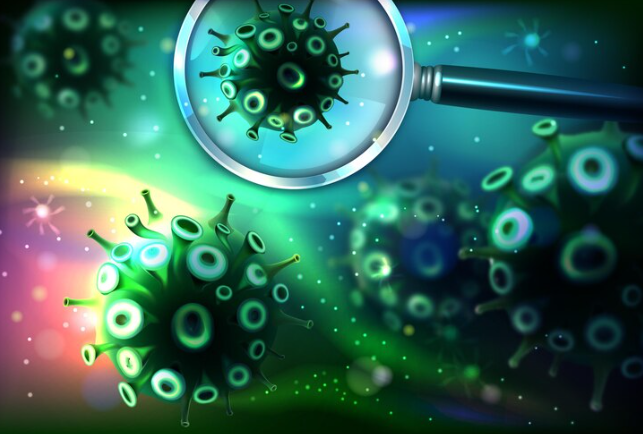Microorganisms are everywhere, and while many of them are harmless, some can cause serious health problems. Germs can be found on surfaces, in the air, and even on our bodies. To prevent the spread of germs and illnesses, it’s essential to know how to effectively kill them. In this article, we’ll explore some of the most effective techniques for killing micro germs.
Use Antibacterial Products
One of the easiest and most effective ways to kill germs is by using antibacterial products. These products contain chemicals that kill bacteria, viruses, and fungi. Antibacterial hand soap, hand sanitizers, and disinfectant sprays are all examples of products that can help kill germs. It’s important to note that not all antibacterial products are the same, and some may be more effective than others. Look for products that contain at least 60% alcohol or other active ingredients like hydrogen peroxide or benzalkonium chloride.
Heat Sterilization
Heat is another effective way to kill germs. High temperatures can denature proteins and enzymes in microorganisms, causing them to die. Heat sterilization is commonly used in healthcare facilities and involves exposing items to high temperatures for a specific period. Dry heat sterilization uses hot air to sterilize items, while moist heat sterilization uses steam. It’s important to note that some items may not be able to withstand high temperatures, and heat sterilization may not be appropriate for all situations.
UV-C Light
Ultraviolet-C (UV-C) light is a type of radiation that can kill germs. It works by damaging the DNA and RNA of microorganisms, making them unable to replicate cleanpod uvc sterilizer is commonly used in healthcare facilities to sterilize equipment and surfaces. There are also portable UV-C lights that can be used in the home to kill germs on surfaces. It’s important to note that UV-C light can be harmful to the skin and eyes, and caution should be used when handling these devices.
Chemical Sterilization
Chemical sterilization involves the use of chemicals to kill microorganisms. The most common chemicals used for sterilization include ethylene oxide, formaldehyde, and hydrogen peroxide. This method is commonly used for medical equipment and supplies. It’s important to note that some chemicals can be hazardous, and proper safety precautions should be taken when handling them.
Electrostatic Sprayers
Electrostatic sprayers are a new technology that uses an electrical charge to apply disinfectants and sanitizers to surfaces. The electrostatic charge causes the disinfectant to cling to surfaces, ensuring complete coverage. This technology is effective in killing germs and has been used in healthcare facilities and schools. It’s important to note that electrostatic sprayers can be expensive, and may not be necessary for all situations.
In conclusion, there are many effective techniques for killing germs. Antibacterial products, heat sterilization, UV-C light, chemical sterilization, and electrostatic sprayers are all effective ways to kill germs and prevent the spread of illnesses. When choosing a germ-killing technique, it’s important to consider the situation and the type of microorganisms present. By understanding the different techniques available, we can take steps to protect ourselves and others from harmful germs.
If you want to get more information cleanpod uvc sterilizer then techbusinesinsider.com provides you all information cleanpod uvc sterilizer.

